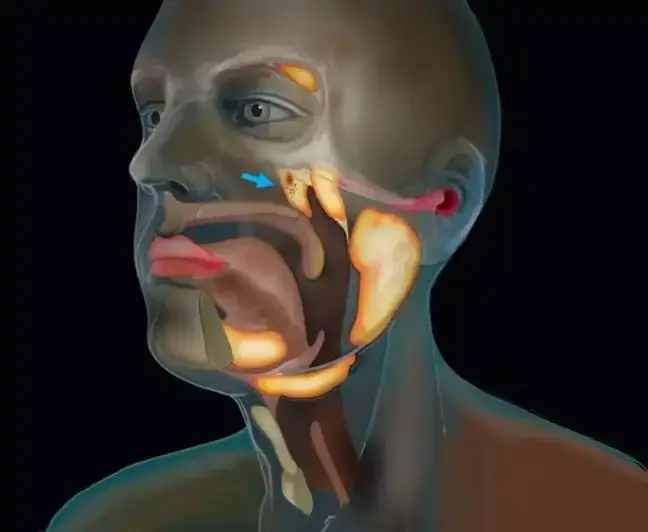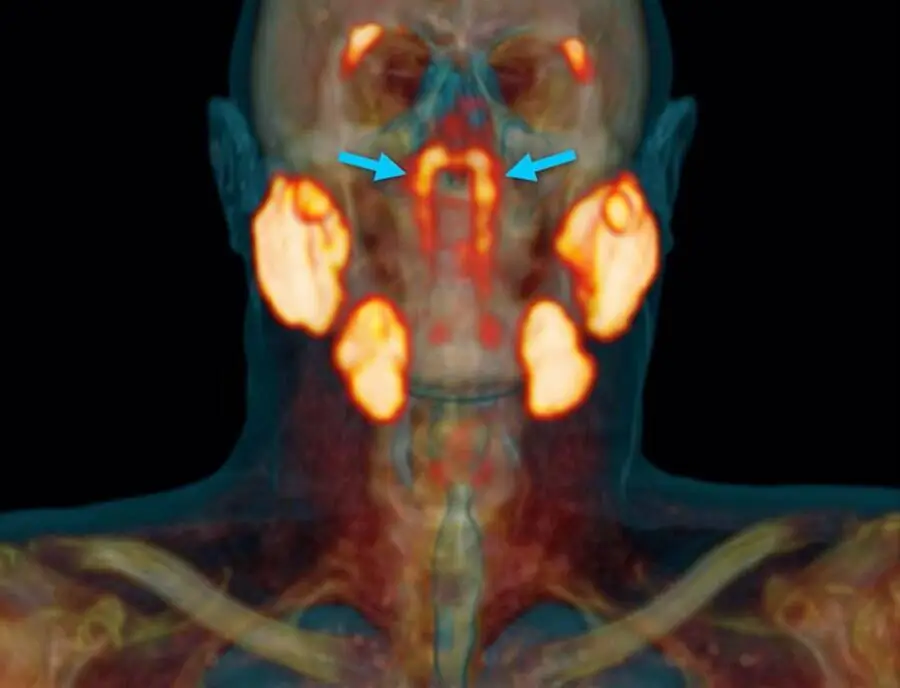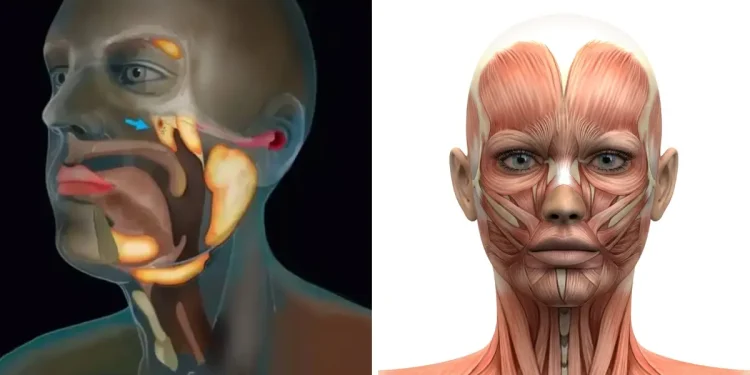A new organ has been discovered by scientists and we are in shock! By now, you would think we would have learned everything there is to know about the human body, after all, people get operated on a daily basis. But it seems not, there is much more to learn about our bodies, the ones we live in every day. Let’s get to know more about the new organ discovered by scientists.

New Organ Founded By Scientists
It was discovered purely by accident by a team of Dutch experts who were examining prostate cancer back in September 2020 when they realised we had a whole new organ. It turns out that this secret organ was, to be more precise, directly under our noses the entire time.
You might be wondering how a team researching prostate cancer could find an organ in the human head at this stage given that those are two separate ends of the body. Everything happened after a series of CT and PET scans were performed on individuals who had received an injection of radioactive glucose, which causes tumours to glow on the images, by doctors researching cancer. The team at the Netherlands Cancer Institute saw that two regions of the patients’ heads were illuminating abnormally frequently and deduced that there was a group of salivary glands hidden there.
It was previously believed that the area behind the nose known as the nasopharynx only contained small, dispersed salivary glands; however, the recently discovered set measured an average of 1.5 inches (3.9 centimetres) in length. The tubarial salivary glands were discovered and are so named by their discoverers because they are situated above a piece of cartilage known as the torus tubarius.

All About The New Organ
The discoverers named the new organ the tubarial salivary glands. Their precise position is behind the nose, where the nasal cavity meets the throat. The function of this unintentionally discovered organ is to “lubricate and moisten the area of the throat behind the nose and mouth.” The discovery of the glands stunned the researchers, who were left wondering how they managed to go unnoticed for so long.”
Dr Wouter Vogel said, “As far as we knew, the only salivary or mucous glands in the nasopharynx are microscopically small, and up to 1000 are evenly spread out throughout the mucosa. So, imagine our surprise when we found these.”
The most plausible explanations for why they have remained concealed for so long are that they require “very sensitive imaging” to detect and are “not very accessible,” according to Dr. Wouter Vogel, a radiation oncologist at the Netherlands Cancer Institute.

The identification of the new organ may provide light on why radiation patients frequently have dry mouth and swallowing issues following treatment. Dr. Vogel claimed that due to ignorance of their existence, “nobody ever tried to spare them,” and that a “single misdirected zap” may irreversibly harm the organ.
Due to the focus on prostate cancer, Vogel and his colleagues photographed 100 individuals, 99 of whom were men, to confirm the discovery. They observed that every single one of them had the newly identified glands. They also performed nasopharynx dissections on two human corpses obtained through a body donation programme, and they discovered that the newly discovered region was made up of mucosal gland tissue and ducts that drained into the nasopharynx.
Despite the fact that the discovery was unintentional, researchers expect that in the future their results can assist cancer patients endure radiotherapy with fewer side effects because they believe many of these side effects are related to the tubarial salivary glands.
The ‘next step’ is to figure out how to avoid harming them during radiotherapy treatment now that they are aware of this organ. The quality of life for those who require radiotherapy may significantly improve if the professionals can solve that puzzle.









